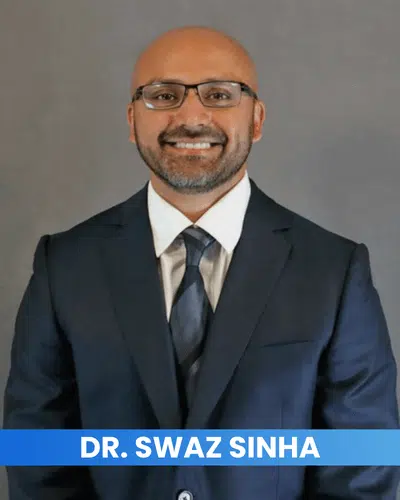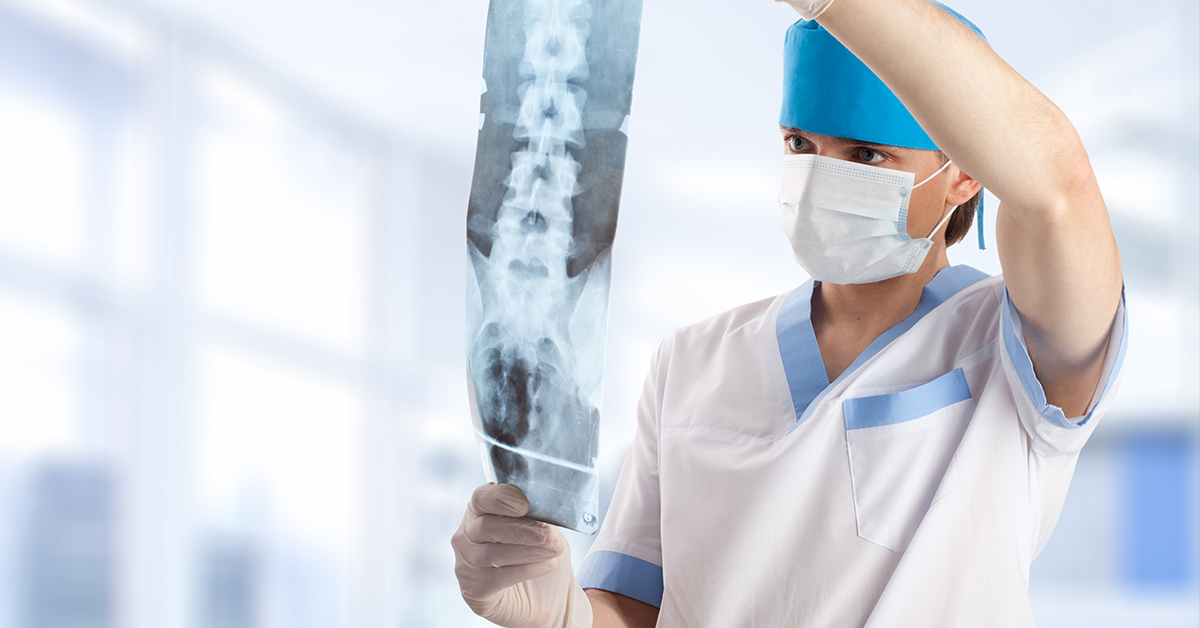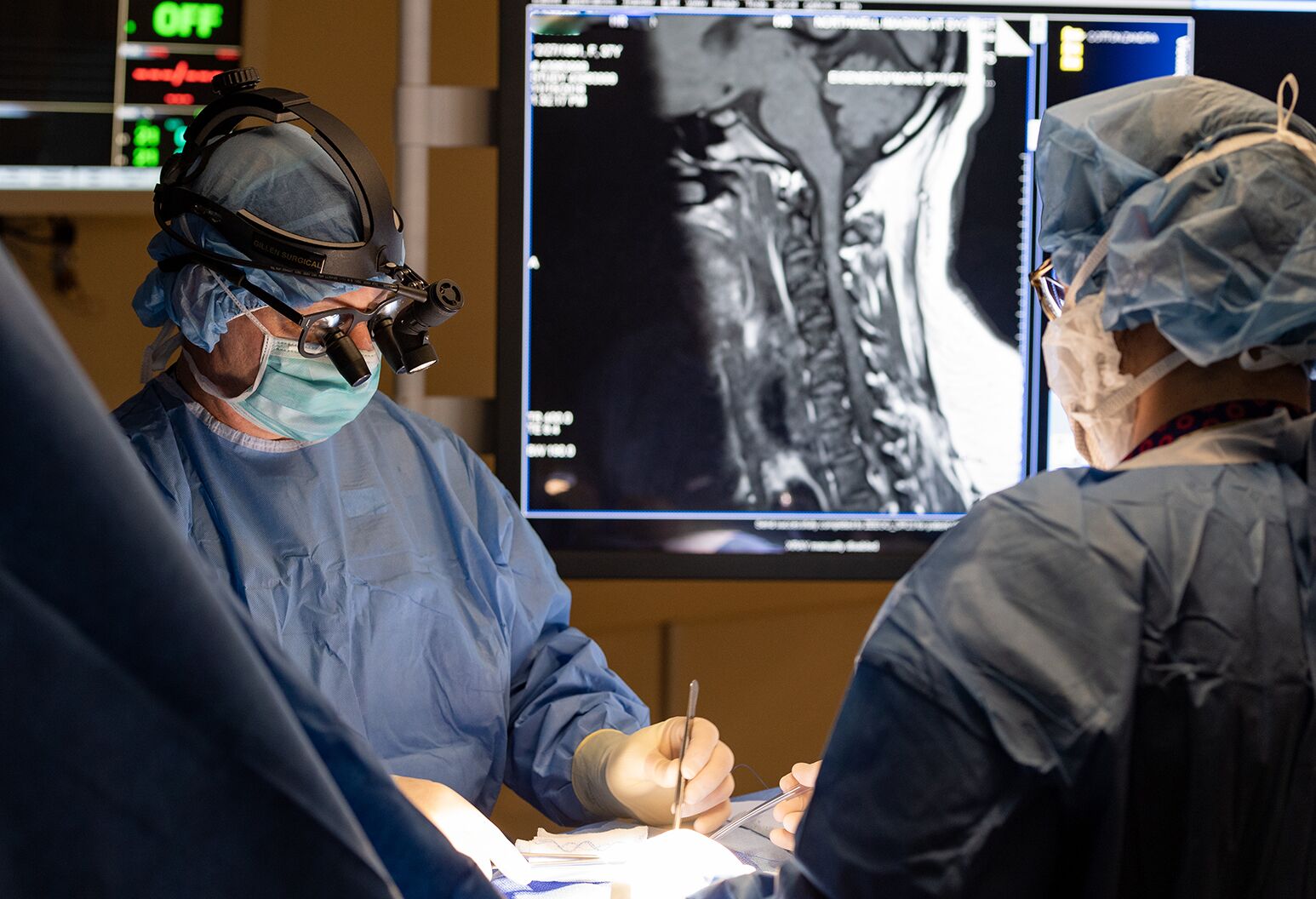Understanding the Prices Entailed with the Best Spine Surgeons in St Louis MO
Wiki Article
What Spinal Column Issues Normally Lead to Operation for Alleviation?
Back issues that necessitate medical intervention frequently emerge when traditional therapy choices fall short to provide appropriate alleviation from relentless pain and useful impairment. Conditions such as herniated discs, back constriction, and degenerative disc illness often lead to surgical procedures intended at reducing signs and bring back flexibility.
Herniated Discs
When traditional treatments fail,Herniated discs are an usual spine problem that regularly leads to medical intervention. This condition occurs when the soft inner gel of a back disc extends through a tear in the harder external layer, possibly pressing nearby nerves. Symptoms usually include local discomfort, emitting pain in the arm or legs, and neurological deficits such as tingling or weak point.
Surgical procedure aims to relieve pain and bring back feature by getting rid of the herniated section of the disc or supporting the impacted back sector. While many clients experience significant renovation adhering to surgery, it is vital to consider the benefits and risks in examination with a certified back specialist. Ultimately, timely intervention is necessary to improve and prevent further problems high quality of life for people dealing with this debilitating condition.
Back Constriction
Experiencing back constriction can significantly impact a person's movement and top quality of life. This problem occurs when the back canal tightens, putting stress on the spine and nerves. Typically seen in the lumbar (lower back) and cervical (neck) regions, back stenosis frequently results from degenerative adjustments connected with aging, such as arthritis, disc herniation, or thickening of tendons.Signs of back constriction can vary, but they usually consist of discomfort, tingling, tingling, and weak point in the extremities. These signs and symptoms may intensify with activity or prolonged standing and usually enhance with rest. In extreme cases, people might experience problems with balance and control, resulting in an enhanced threat of falls.
When traditional therapies, such as physical therapy, medicines, and lifestyle modifications, fall short to reduce signs and symptoms, surgical treatment may be taken into consideration. Procedures like laminectomy or back combination aim to decompress the affected nerves and support the spinal column. Early diagnosis and treatment are crucial in taking care of spinal constriction efficiently and preserving wheelchair, ultimately improving the person's general high quality of life.
Spondylolisthesis
Spondylolisthesis takes place when one vertebra slips ahead over the one listed below it, potentially resulting in back instability and nerve compression. This condition can emerge from various aspects, consisting of hereditary flaws, degenerative changes, injury, or repeated tension injuries. Signs commonly consist of reduced neck and back pain, tightness, and emitting discomfort in the legs, which can significantly impact everyday activities and total lifestyle.Diagnosis typically includes a complete professional examination, imaging studies such as X-rays or MRI, and evaluation of neurological function. The level of slippage is identified into grades, with higher grades suggesting extra extreme displacement and a higher chance of medical treatment.

Very early medical diagnosis and suitable management are essential in improving and protecting against additional complications individual end results. As spondylolisthesis can lead to chronic pain and handicap, timely treatment is essential for restoring spine health and wellness.
Degenerative Disc Condition
Degenerative Disc Illness (DDD) is a problem defined by the gradual degeneration of the intervertebral discs, which act as important shock absorbers in between the vertebrae of the spinal column. As these discs lose hydration and elasticity over time, they become less reliable at cushioning the vertebrae, bring about raised rubbing and pop over to this web-site stress and anxiety this post on the spine frameworks.Patients with DDD usually experience signs and symptoms such as persistent back discomfort, tightness, and lowered flexibility (best spine surgeons in st louis mo). The condition can also result in nerve compression if the degenerated discs bulge or herniate, leading to radicular pain, weak point, or numbness in the arm or legs
Therapy choices variety from conventional actions, consisting of physical treatment and pain management, to more invasive treatments when traditional measures fail. Surgical treatments, such as back blend or fabricated disc replacement, may be indicated for people with substantial discomfort and functional problems.
Spinal Lumps
Back tumors, which can be benign or malignant, represent another significant root cause of spine problems that might demand surgical treatment (best spine surgeons in st louis mo). These growths can originate within the back (key tumors) or spread from various other parts of the body (additional lumps) Their existence can lead to numerous signs and symptoms, including local pain, neurological deficiencies, and alterations in flexibility
Surgical therapy for spinal tumors usually aims to alleviate symptoms by getting rid of the tumor, maintaining the spine, and dealing with any type of compressive impacts on the spine or nerves. Indications for surgical treatment generally consist of significant pain not receptive to conservative treatments, or neurological disability arising from the tumor's development.

It is critical for clients providing with signs and symptoms suggestive of spinal tumors to go through detailed analysis evaluations, including imaging research studies and biopsies, to establish the appropriate course of action (best spine surgeons in st louis mo). Early detection and intervention can considerably boost person end results and quality of life
Conclusion
In summary, various spine problems, consisting of herniated discs, back constriction, spondylolisthesis, degenerative disc condition, and spine growths, commonly necessitate medical treatment when conventional therapies stop working to supply alleviation. These problems bring about substantial discomfort and practical disability, prompting the try this site consideration of treatments such as discectomy, spinal fusion, and laminectomy. Ultimately, medical choices objective to relieve discomfort, enhance mobility, and bring back quality of life for people affected by these incapacitating spine conditions.Conditions such as herniated discs, back constriction, and degenerative disc illness frequently lead to medical treatments aimed at recovering and minimizing symptoms wheelchair.Herniated discs are a typical spinal problem that frequently leads to medical intervention when conservative therapies fall short. Surgical treatments, such as spinal blend or synthetic disc substitute, may be indicated for individuals with substantial pain and functional problems.Spine growths, which can be malignant or benign, represent an additional considerable cause of spinal problems that might demand surgical treatment.In summary, different spinal column concerns, consisting of herniated discs, back stenosis, spondylolisthesis, degenerative disc condition, and spinal growths, typically demand medical treatment when conservative treatments fall short to provide relief.
Report this wiki page